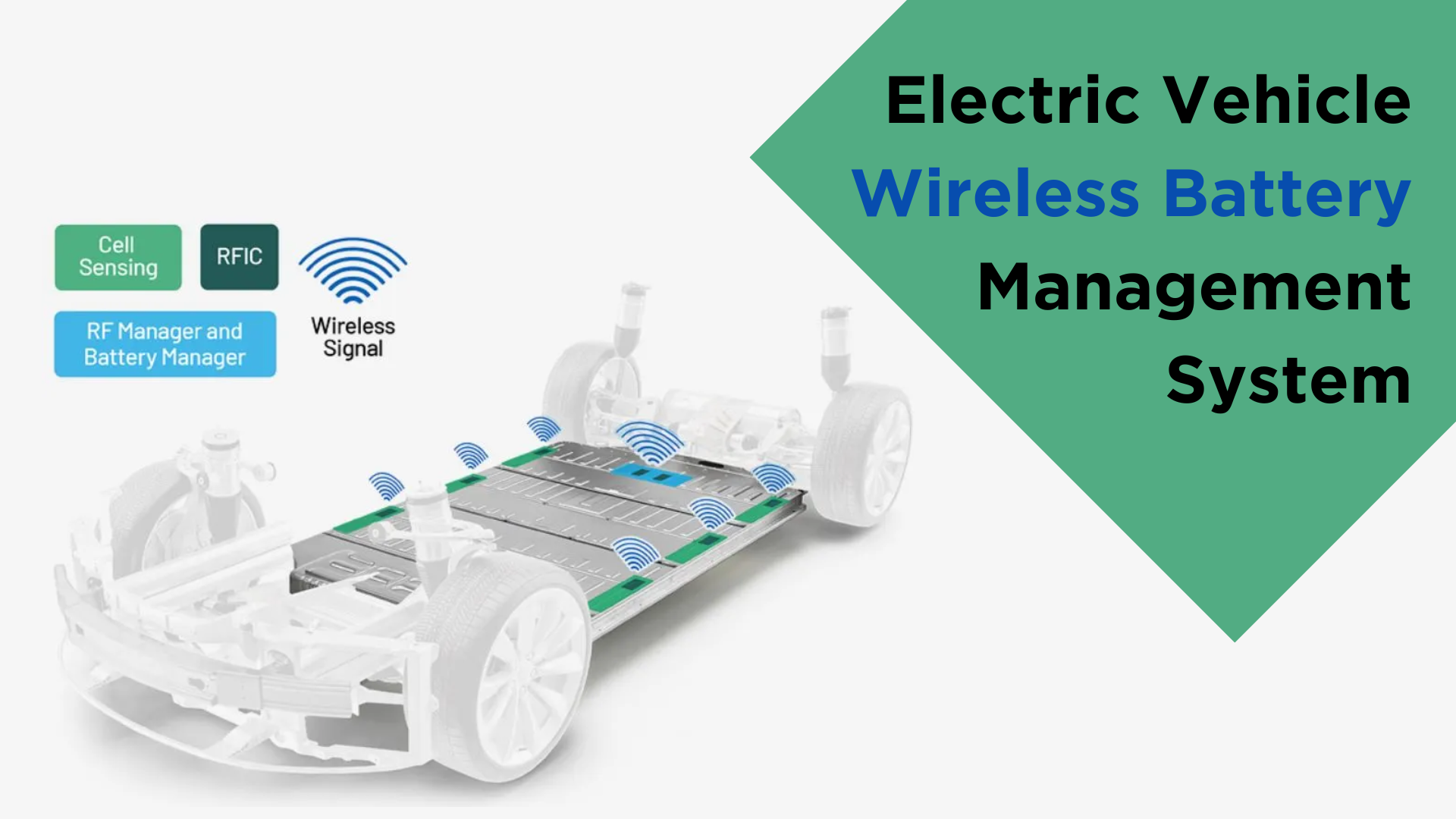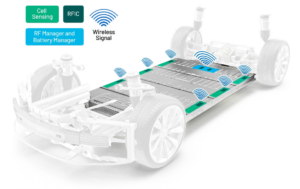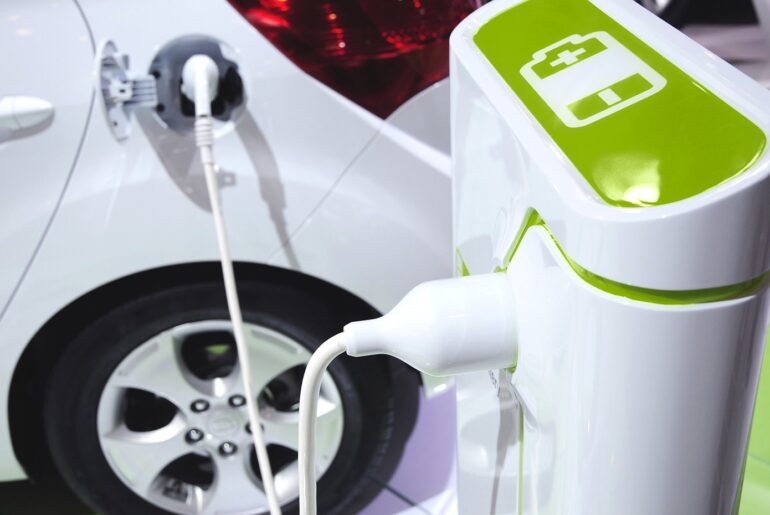
- 1 view
By componentcart
A high-level cost analysis—from design and manufacturing to battery reuse and security protections—reveals an opportunity for OEMs to increase profits on next-generation electric vehicles leveraging Wireless Battery Management System (wBMS).
Wireless Battery Management System in Electric Vehicles
Electric Vehicle Wireless Battery Management Revolution Has Begun and the ROI Potential Is Huge
The electric vehicle (EV) industry’s evolution to wireless battery management systems (wBMS) was in many ways inevitable. The benefits of wireless vs. wired BMS is crystal clear to anyone who’s grappled with the complexity, BOM cost, space, and labor penalties inherent to wired systems, no matter the application.
Wireless Battery Management System, in contrast, has shown promise in saving up to 90% of the wiring and up to 15% of the volume in battery packs for next-generation EVs. This is achieved by eliminating the communication wiring harness and connectors, leveraging instead of an intelligent battery module with fully integrated electronics—the only exposed connectors are the +ve and –ve terminals.
But the benefits achievable with wBMS technology can only be realized with massive investments in the design, validation, and manufacturing infrastructure needed to accommodate it. What’s more, the security and safety requirements unique to wireless systems invite a top-to-bottom reassessment at every stage of the battery pack life cycle, from manufacturing to reuse.
Advantages of Wireless Battery Management System Technology

At first blush, the scale of this effort imposes a seemingly impossible barrier to OEM adoption. Analog Devices and GM shouldered this investment in wBMS at the technology’s outset, in anticipation of the significant cost savings as well as manufacturing scalability and efficiency to be achieved with its mainstream— perhaps ubiquitous—commercial adoption in the years ahead.
To be clear, OEMs eyeing wBMS as a quick cost savings opportunity should reset their expectations right out of the gate. To fully unlock the cost benefits of wBMS, OEMs must first regard battery packs as assets to be effectively managed over time—through the “first life” on board the vehicle, and on to the “second life”—to achieve the highest possible return on investment. Only then will the cost savings of wBMS clearly and fully manifest.
Analog Devices embraced the myriad design challenges imposed with wBMS, and through hard work and investment in a complete, scalable wBMS solution, we successfully met the requirements needed to support an OEM from concept to launch. In so doing, we’ve identified additional opportunities for design and cost efficiencies that will smooth the road ahead for the OEMs that recognize wBMS as the clear path forward. Based on early OEM feedback, wBMS is projected to be much more cost-effective and otherwise advantageous to implement industry-wide for EVs in the long run.
Reference:https://e-vehicleinfo.com/


